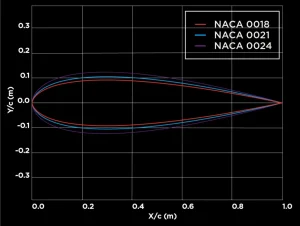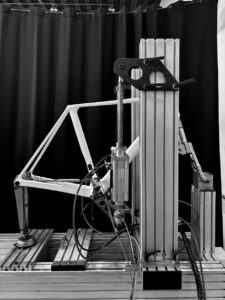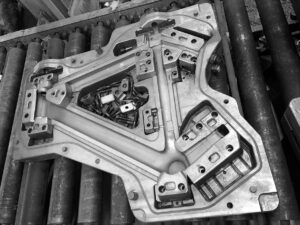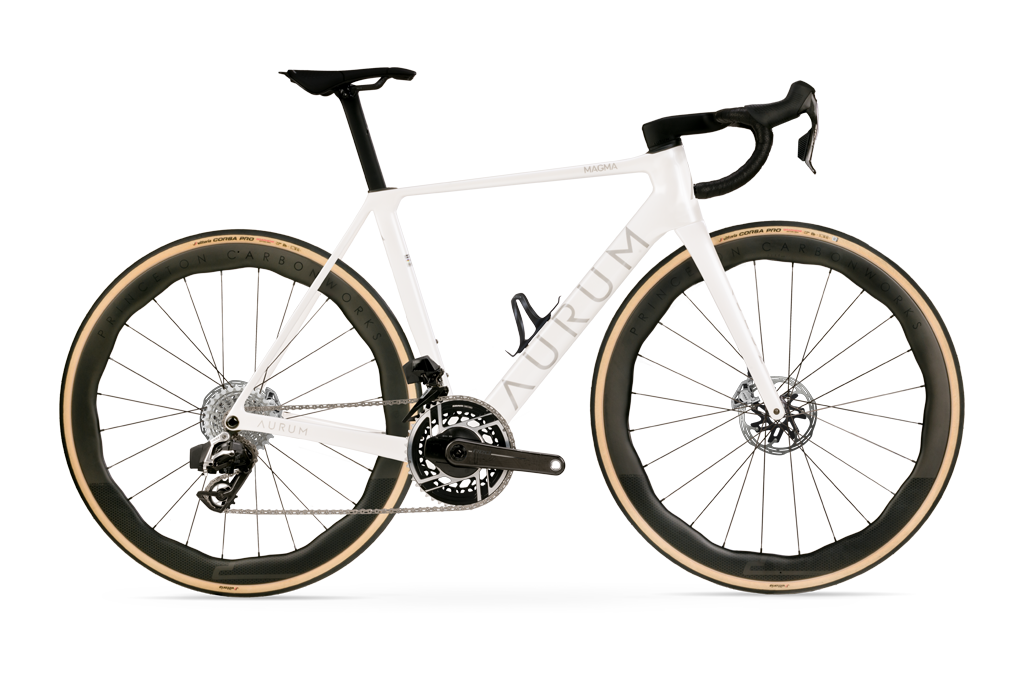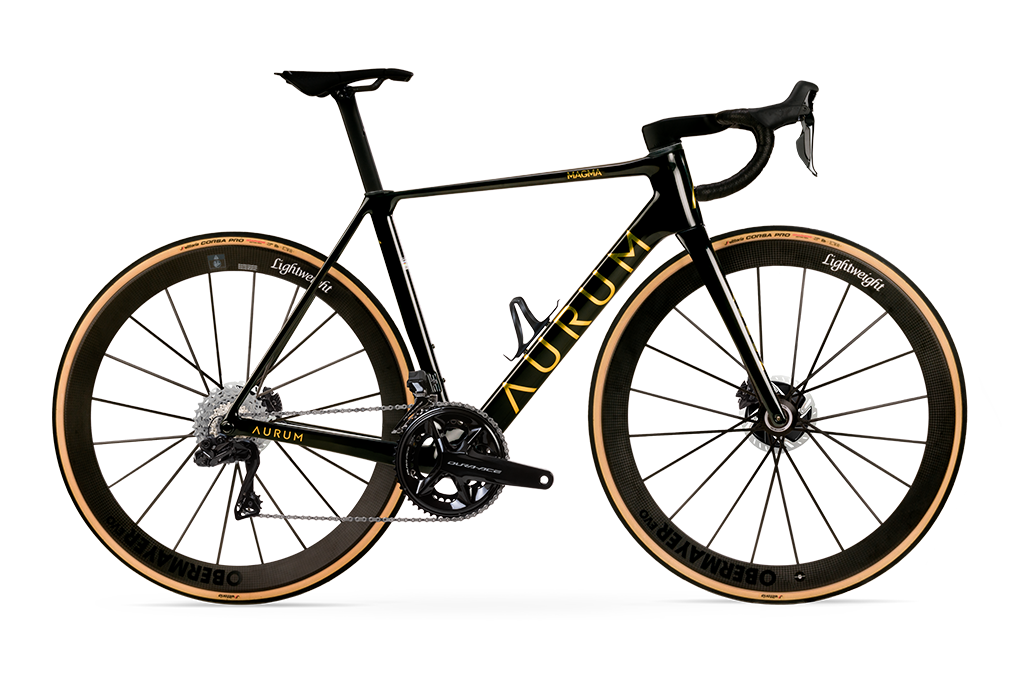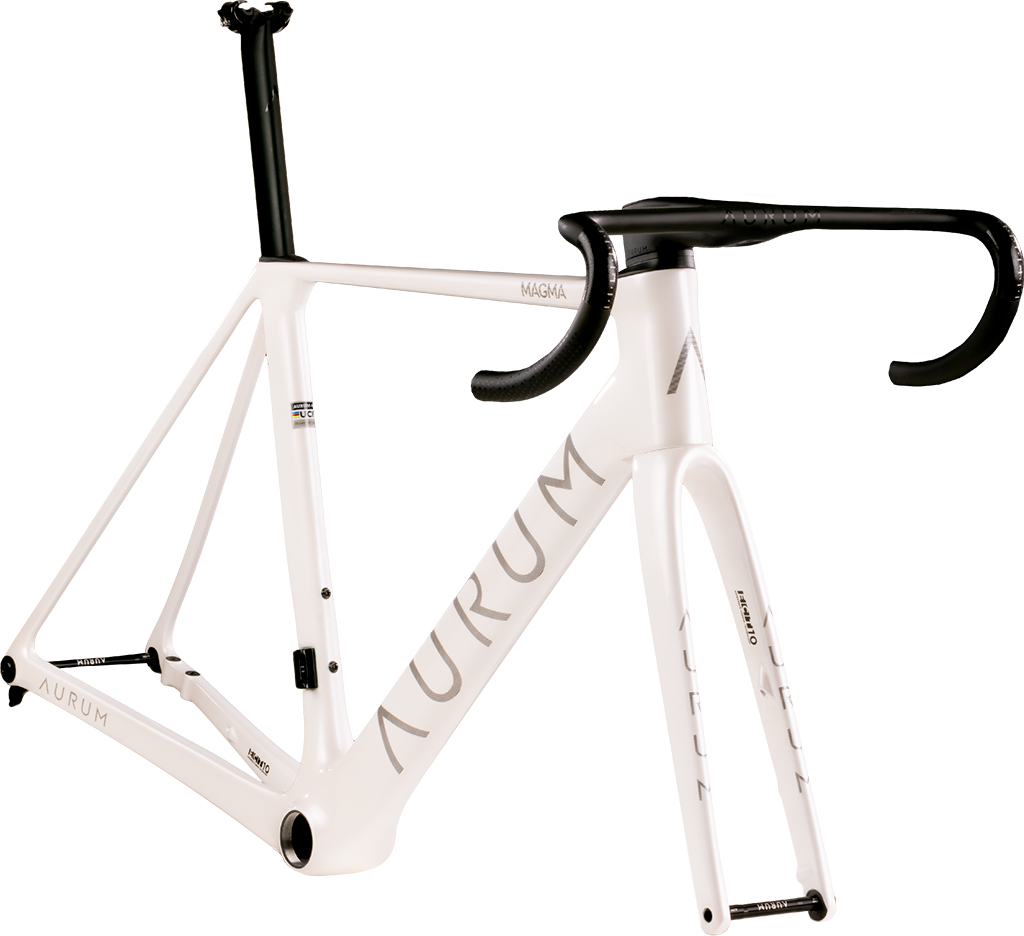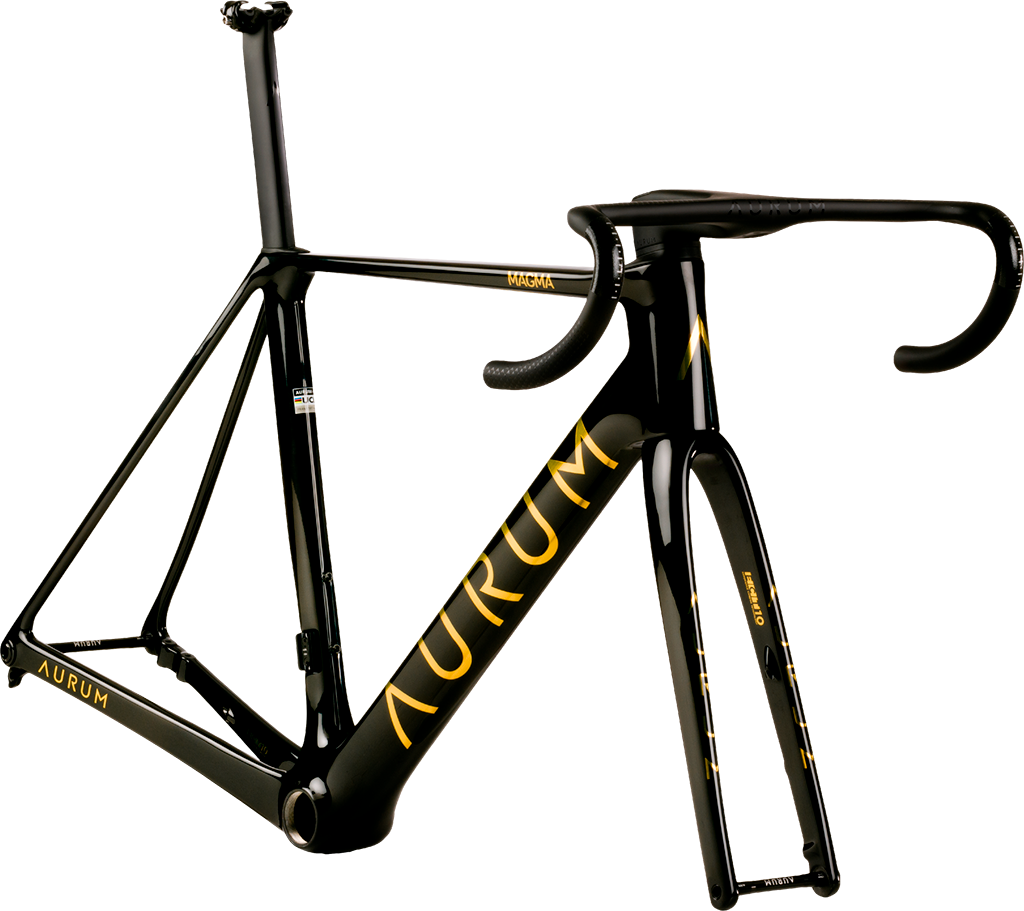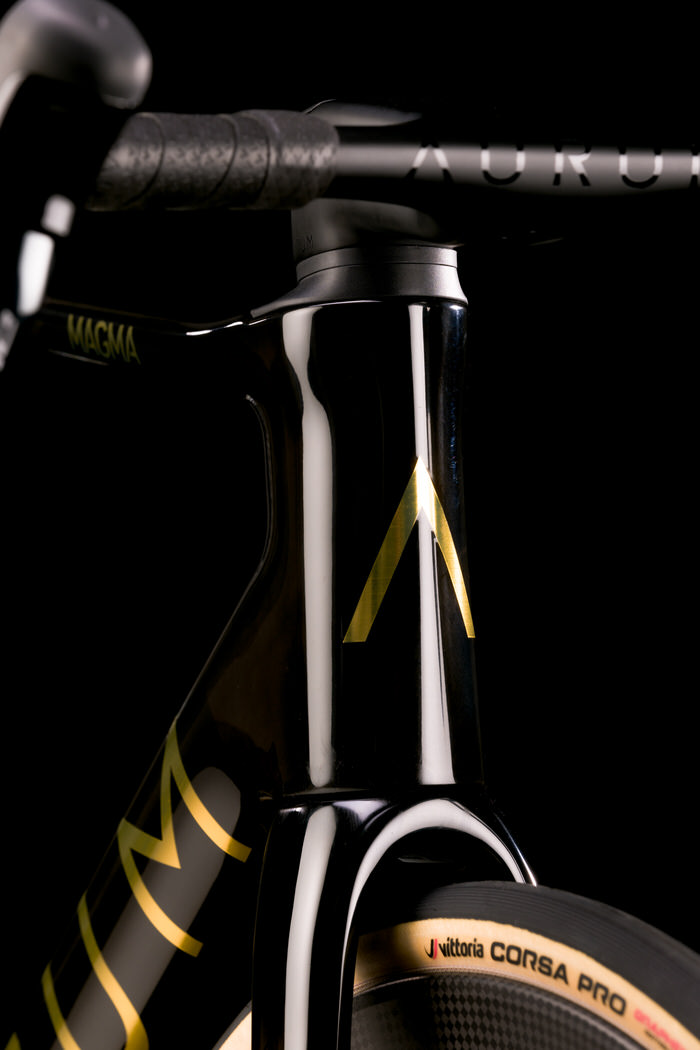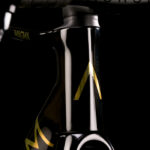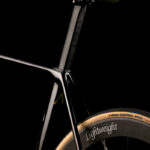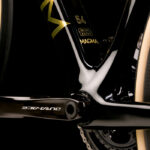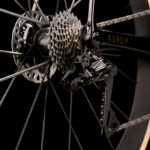
MAGMA
is even faster, more aerodynamic, more integrated. Always excellent.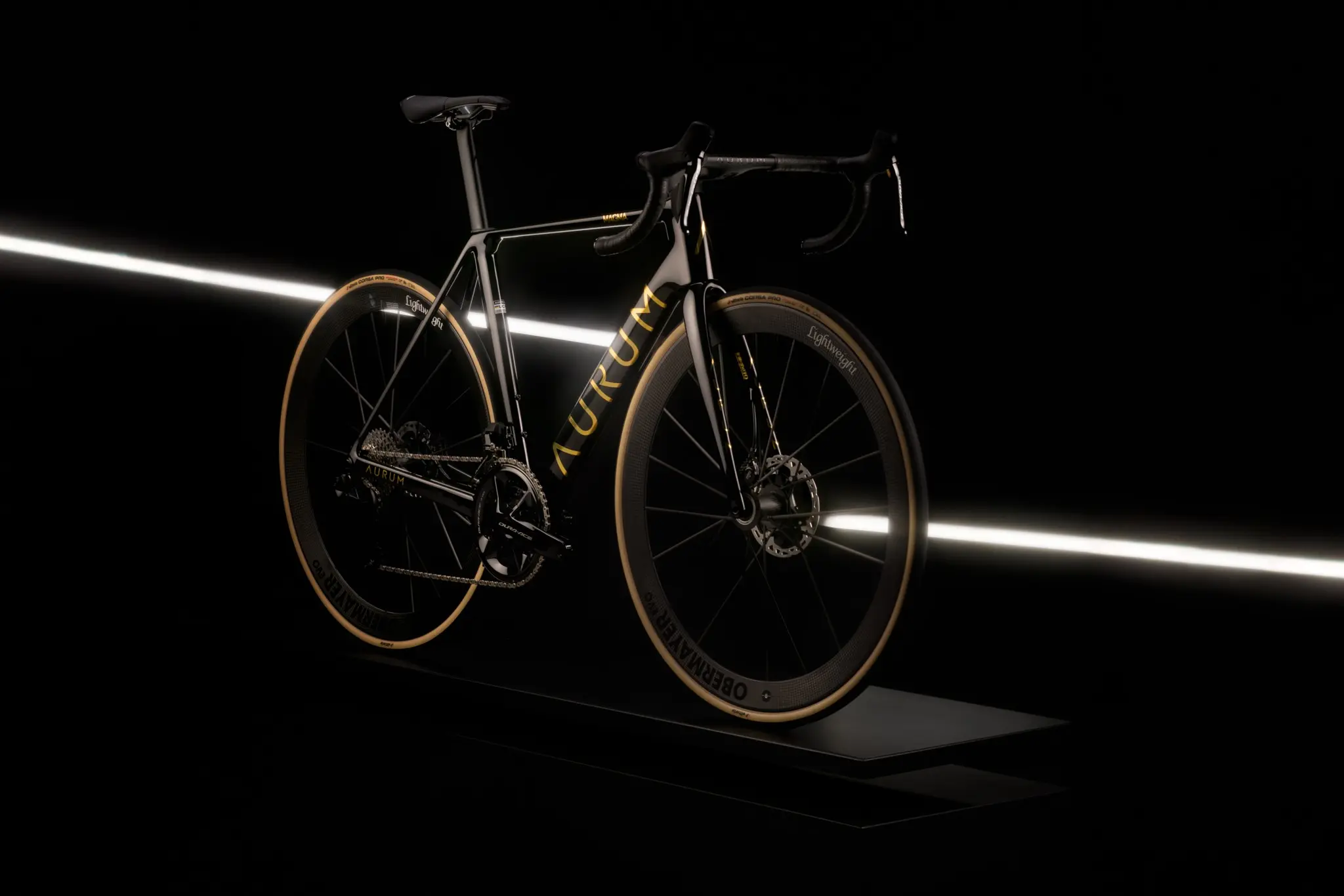
The new MAGMA takes it from the very high level of performance of the previous generation and evolves this concept furthermore in search of maximum excellence:
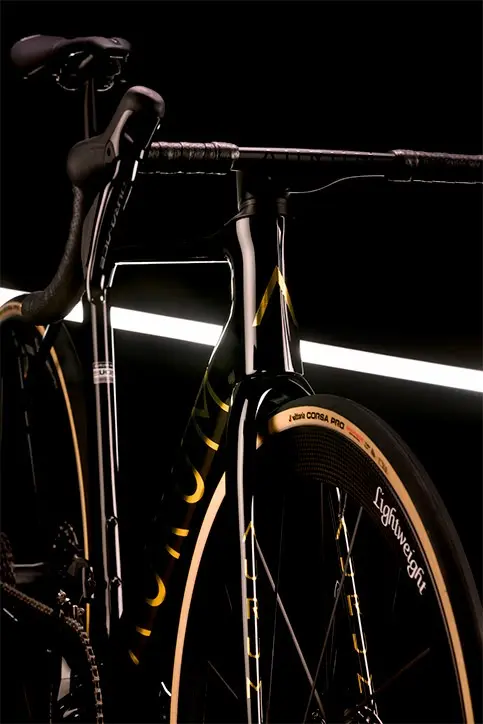
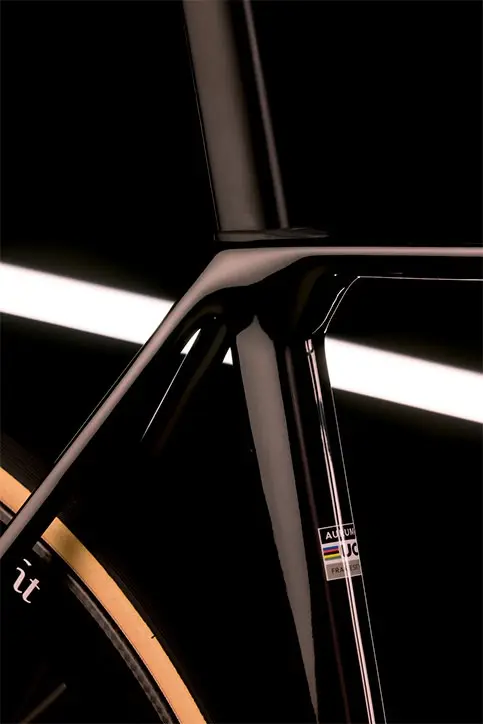
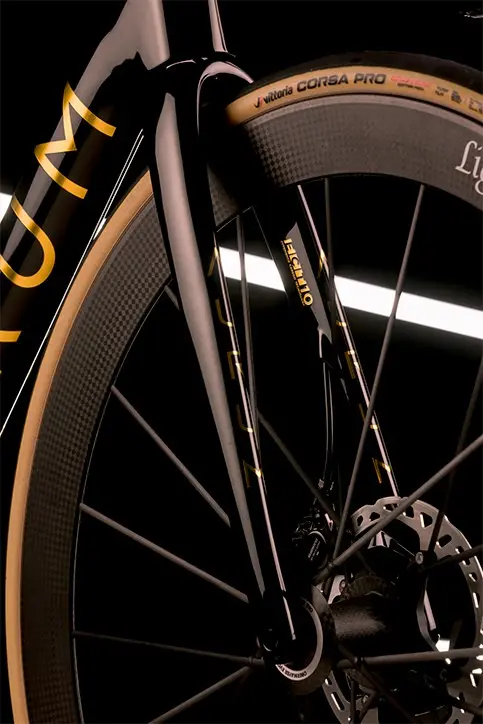
AERODYNAMICS
Evolution and optimization of the aerodynamic profiles of the frame and fork, now also used in the rear half of the bicycle.
INTEGRATION
Full integration of the cabling, thanks to the AURUM monocoque handlebar.
CONSTRUCTION
Optimisation of the carbon laminate to further improve the weight/stiffness ratio.
Facts don't deceive.
The frame, fork, seat post and integrated handlebar of the new MAGMA have been designed and developed exhaustively in CFD (computational fluid simulation) with the idea of being the fastest bicycle on the market. In the final design, the improvements are estimated at ~7W, with the same size, wheels and components.
The integrated handlebar provides an additional gain of ~10W.
Watts saved at 45Km/h
Watts saved at 45Km/h
Original MAGMA
New MAGMA
CdA (g)
W
45km/h
Original MAGMA
New MAGMA
CdA (g)
W
45km/h
EVOLUTION OF EXCELLENCE
EVOLUTION OF EXCELLENCE
New integrated monocoque handlebar, with internal routing and aerodynamic profile. Exclusively for electric transmissions.
New aerodynamic seatpost, two setbacks available.
New T47 threaded bottom bracket.
New tapered head tube with tapered angular 1.5″ and 1-3/8″ bearings. Tire clearance up to 35mm wide.
New UDH derailleur hanger.
New integrated monocoque handlebar, with internal routing and aerodynamic profile. Exclusively for electric transmissions.
New aerodynamic seatpost, two setbacks available.
New T47 threaded bottom bracket.
New tapered head tube with tapered angular 1.5″ and 1-3/8″ bearings. Tire clearance up to 35mm wide.
New UDH derailleur hanger.
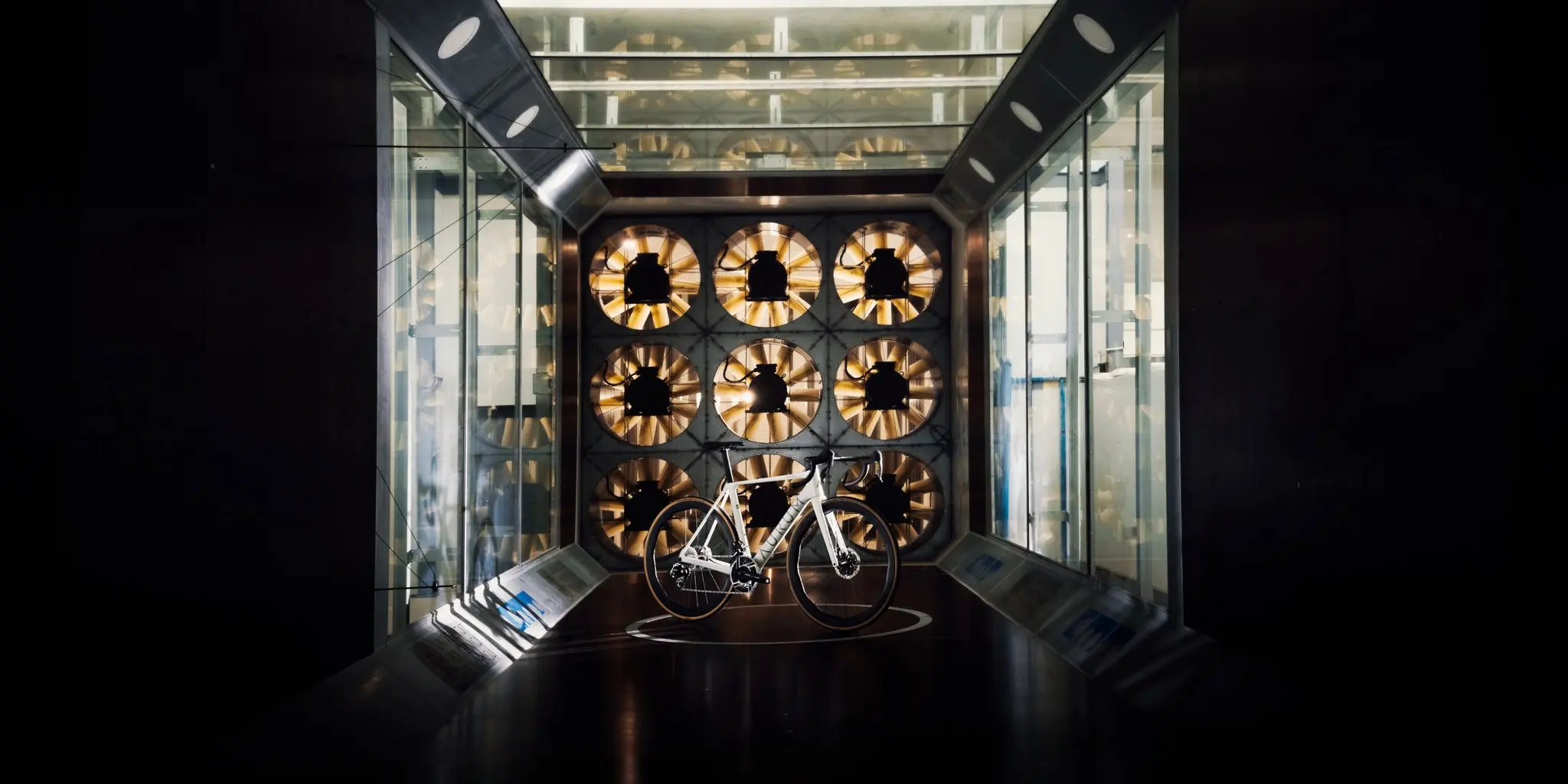
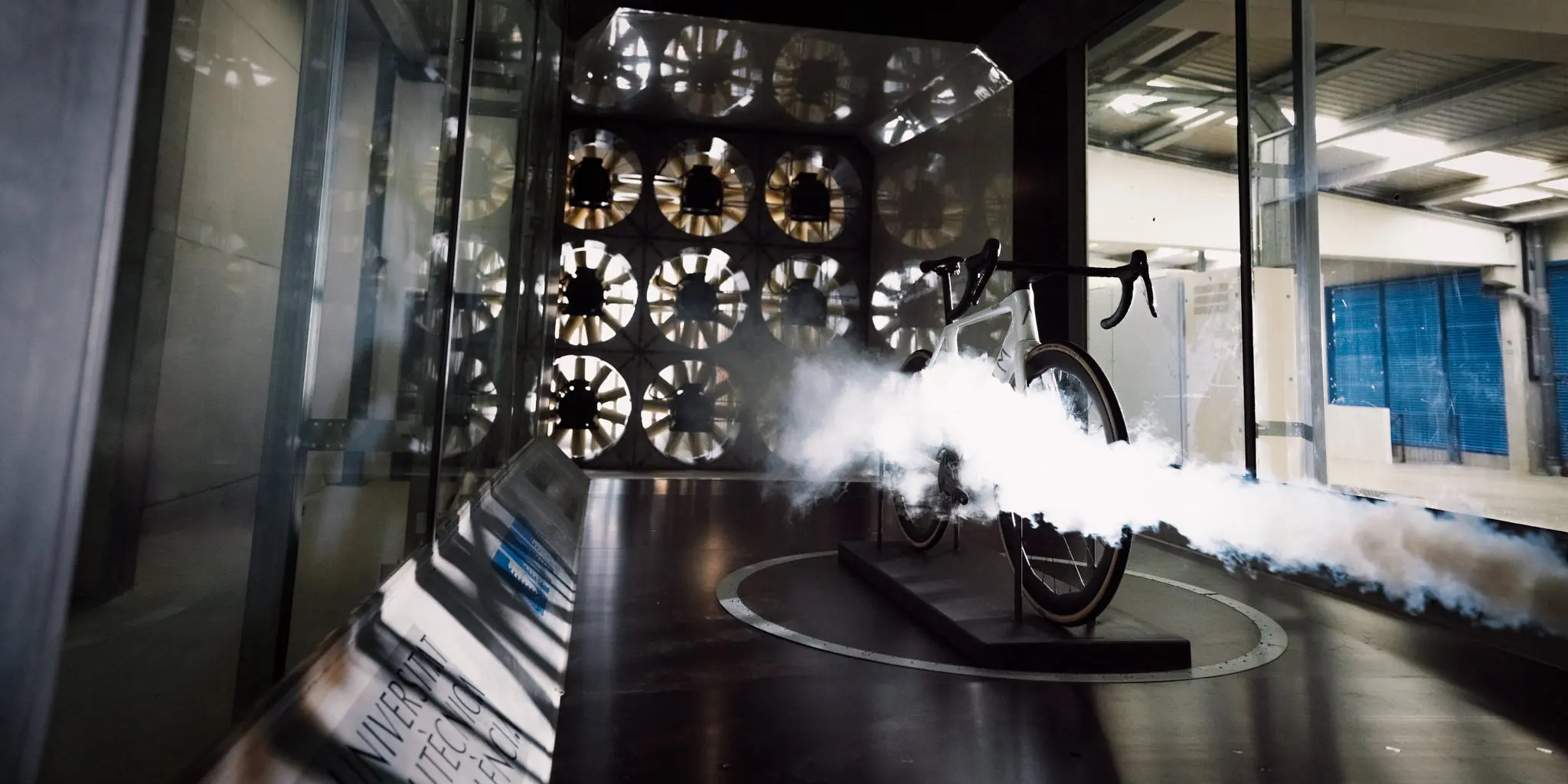
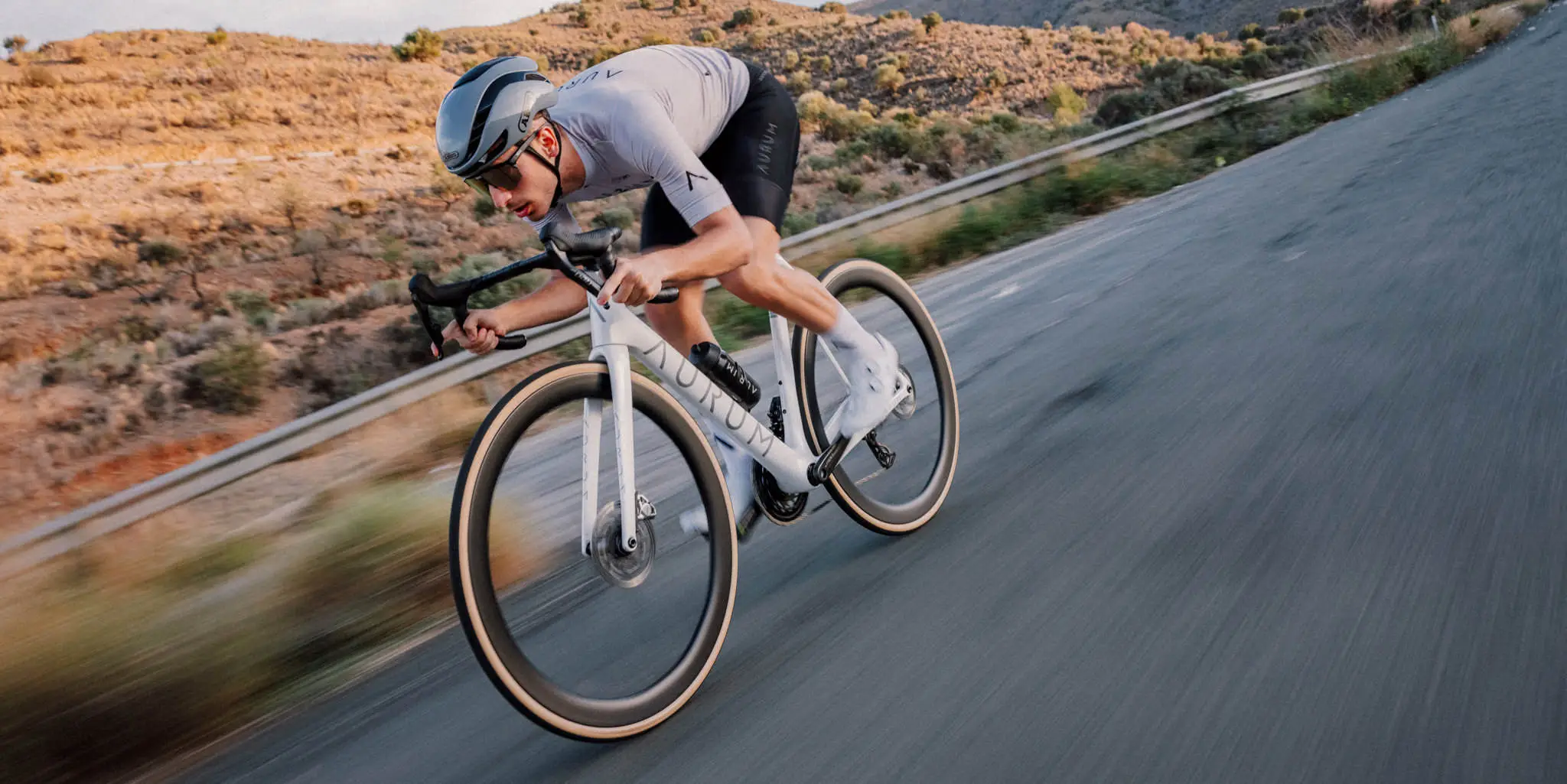
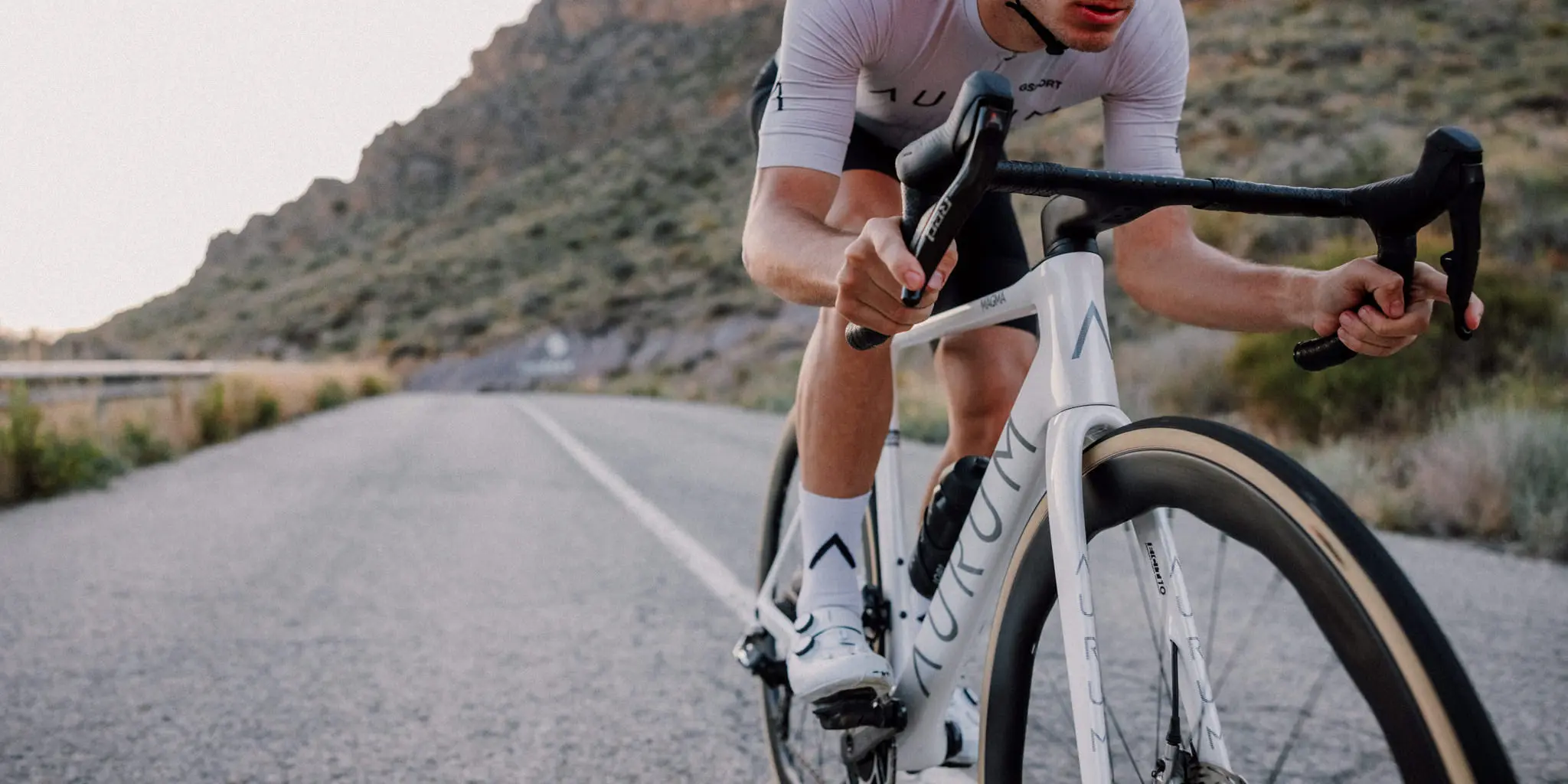
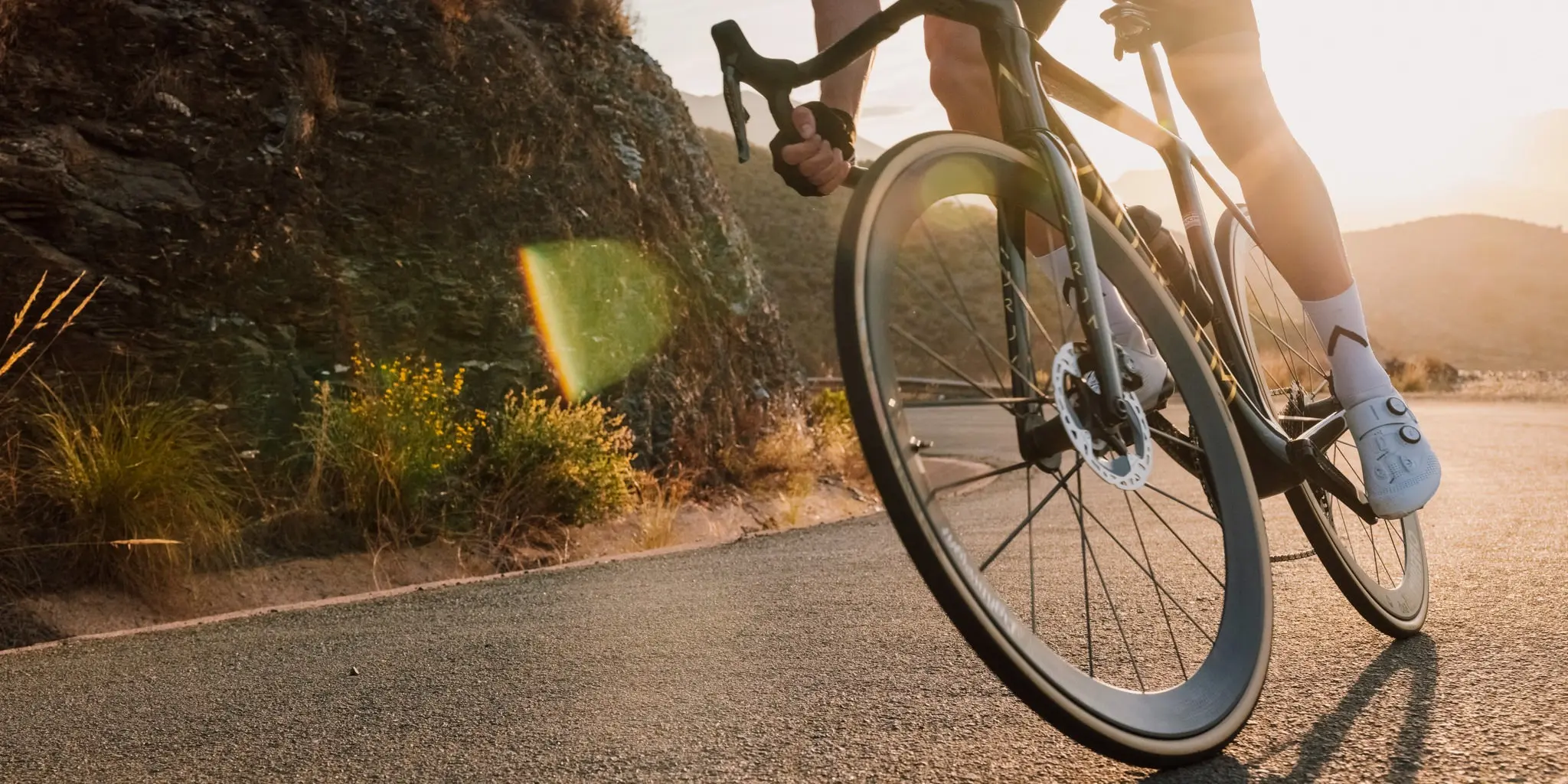
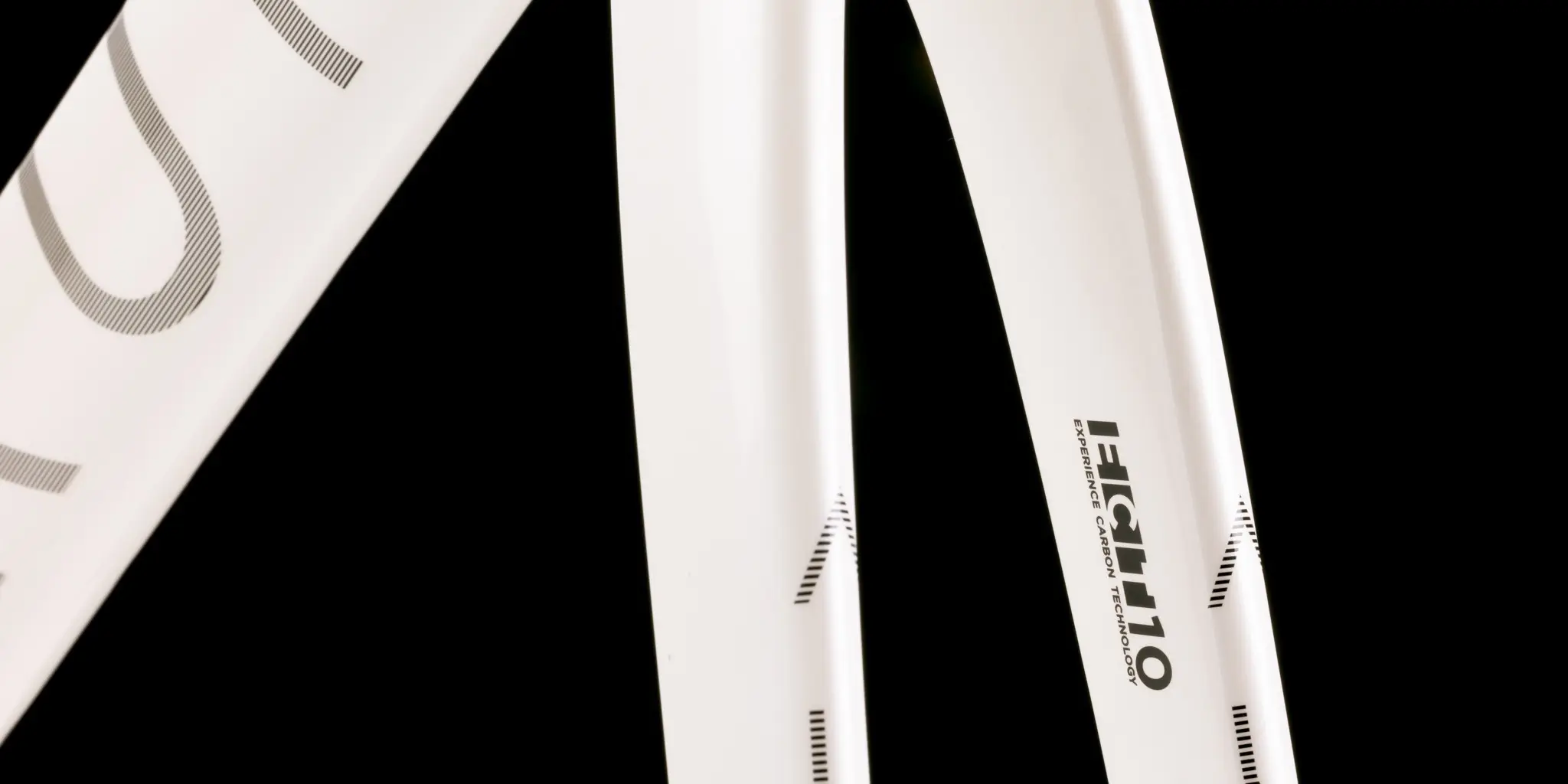
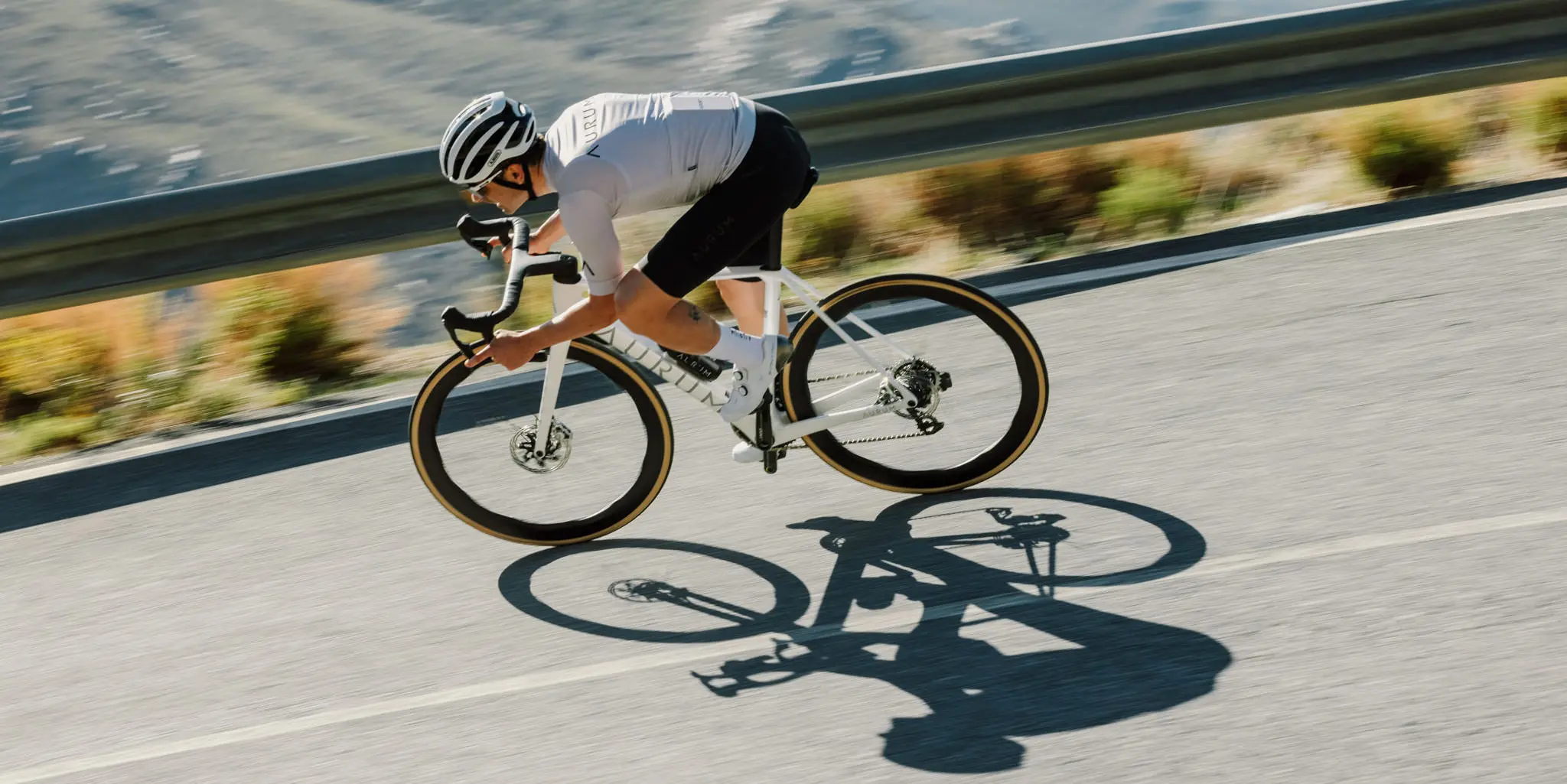
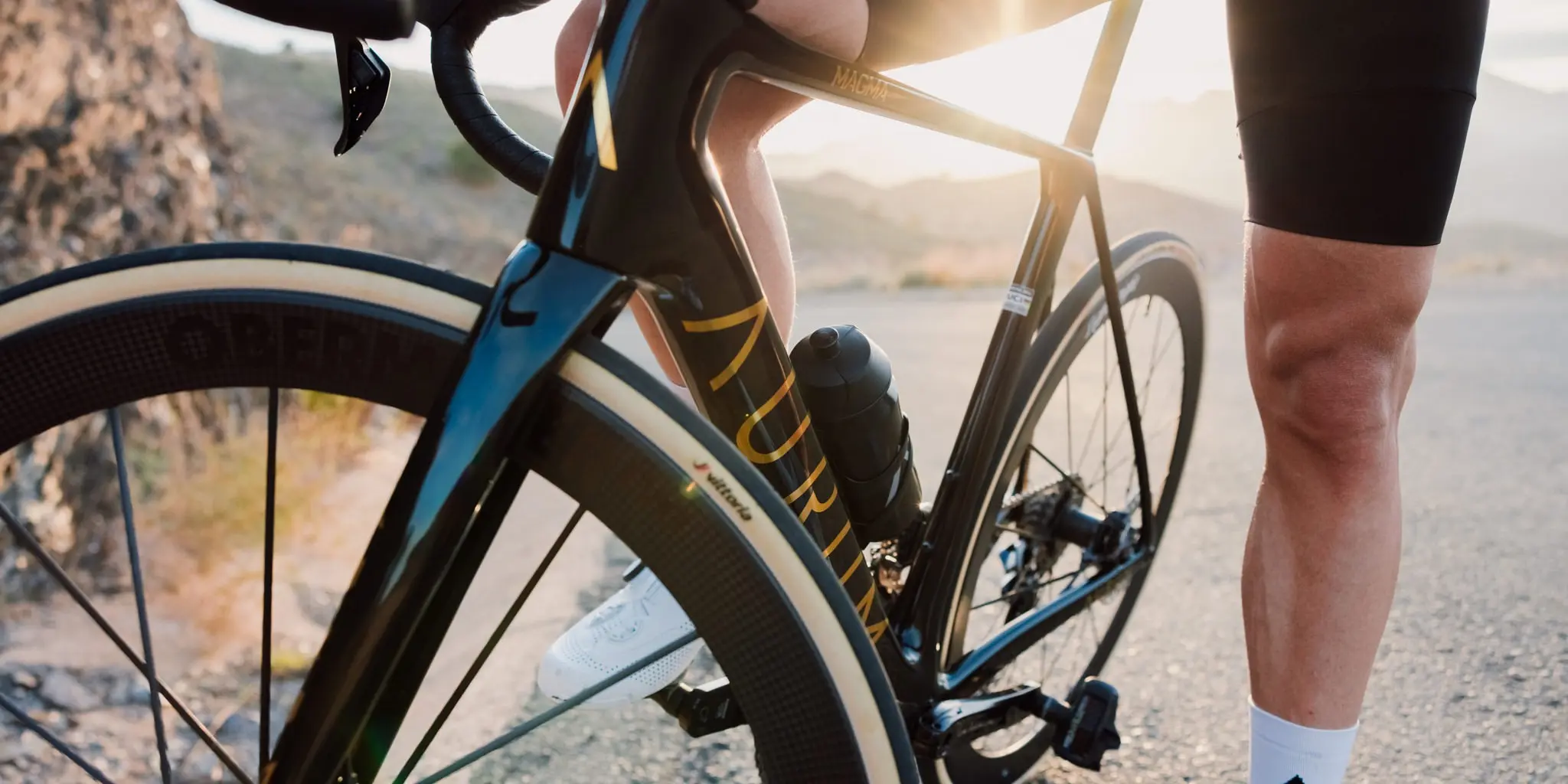
AERODYNAMICS
One of the main aspects in the evolution of the new MAGMA is the aerodynamic improvement.
Always with the maximum of not compromising the excellent ride quality, nor increasing the weight of the frame and fork.
1- Deeper NACA aerodynamic head tube.
2- Seat tube, seat post and seat stay using NACA profiles.
3- Fork with wide stance crown.
4- AURUM monocoque handlebar, for total integration and aerodynamic improvement of the system.
5- Deeper NACA diagonal tube, optimized for wider wheels and use with bottles.
The frame, fork, seat post and integrated handlebar of the new MAGMA have been designed and developed exhaustively in CFD (computational fluid dynamics) with the goal of being the fastest bicycle on the market. In the final design, the improvements are estimated at ~7W, with the same size, wheels and components. The integrated handlebar provides an additional gain of ~10W, if compared to a standard 2-piece round handlebar and stem.
View more
Using NACA aerodynamic profiles, of aeronautical origin, a 0024 profile was selected for the head tube and down tube, while the fork, seat tube and seatpost use a 0021 profile. This choice is based on the necessary combination of structural rigidity and aerodynamics, depending on the size of the tubes for each frame size.
For further structural optimization, the tubes are truncated at their trailing edge to different depths depending on the frame size and the torsional rigidity needed in each area.
INTEGRATION
Maximum integration thanks to the AURUM monocoque handlebar. Available in 15 different sizes, and with an aerodynamic profile, it allows the cables to be guided internally.
Aerodynamic seatpost with hidden wedge, available with or without setback, allows for a more fluid integration between top tube, seatstays and seat tube.
CONSTRUCTION
AURUM uses the most experienced and sophisticated technology for carbon fiber construction.
The low weight, high lateral stiffness and vertical comfort is achieved through calculated design and FEA simulation, but also thanks to meticulous lamination work.
6 different types of carbon fiber are used in each frame, each also with multiple angles and fiber content.
Each frame size has its own specific laminate layout. Different lengths and sizes of tubes require different grades of carbon and number of layers.
At AURUM we call this construction process ECT (Experience Carbon Technology). The MAGMA frame and fork use ECT-10 level, the highest level of carbon fiber for the highest performance.
View more



AERODYNAMICS
One of the main aspects in the evolution of the new MAGMA is the aerodynamic improvement.
Always with the maximum of not compromising the excellent ride quality, nor increasing the weight of the frame and fork.
1- Deeper NACA aerodynamic head tube.
2- Seat tube, seat post and seat stay using NACA profiles.
3- Fork with wide stance crown.
4- AURUM monocoque handlebar, for total integration and aerodynamic improvement of the system.
5- Deeper NACA diagonal tube, optimized for wider wheels and use with bottles.
The frame, fork, seat post and integrated handlebar of the new MAGMA have been designed and developed exhaustively in CFD (computational fluid dynamics) with the goal of being the fastest bicycle on the market. In the final design, the improvements are estimated at ~7W, with the same size, wheels and components. The integrated handlebar provides an additional gain of ~10W, if compared to a standard 2-piece round handlebar and stem.
View more
Using NACA aerodynamic profiles, of aeronautical origin, a 0024 profile was selected for the head tube and down tube, while the fork, seat tube and seatpost use a 0021 profile. This choice is based on the necessary combination of structural rigidity and aerodynamics, depending on the size of the tubes for each frame size.
For further structural optimization, the tubes are truncated at their trailing edge to different depths depending on the frame size and the torsional rigidity needed in each area.


INTEGRATION
Maximum integration thanks to the AURUM monocoque handlebar. Available in 15 different sizes, and with an aerodynamic profile, it allows the cables to be guided internally.
Aerodynamic seatpost with hidden wedge, available with or without setback, allows for a more fluid integration between top tube, seatstays and seat tube.



CONSTRUCTION
AURUM uses the most experienced and sophisticated technology for carbon fiber construction.
The low weight, high lateral stiffness and vertical comfort is achieved through calculated design and FEA simulation, but also thanks to meticulous lamination work.
6 different types of carbon fiber are used in each frame, each also with multiple angles and fiber content.
Each frame size has its own specific laminate layout. Different lengths and sizes of tubes require different grades of carbon and number of layers.
At AURUM we call this construction process ECT (Experience Carbon Technology). The MAGMA frame and fork use ECT-10 level, the highest level of carbon fiber for the highest performance.
View more
At AURUM we call this construction process ECT (Experience Carbon Technology). The MAGMA frame and fork use ECT-10 level, the highest level of carbon fiber for the highest performance.
AURUM INTEGRATED HANDLEBAR
The new AURUM Integrated Handlebar brings total, hiddle cable routing integration, for the MAGMA and Essentia models. This monocoque handlebar is directly compatible with these two AURUM bike models with the provided set of headset top-cover and spacers.
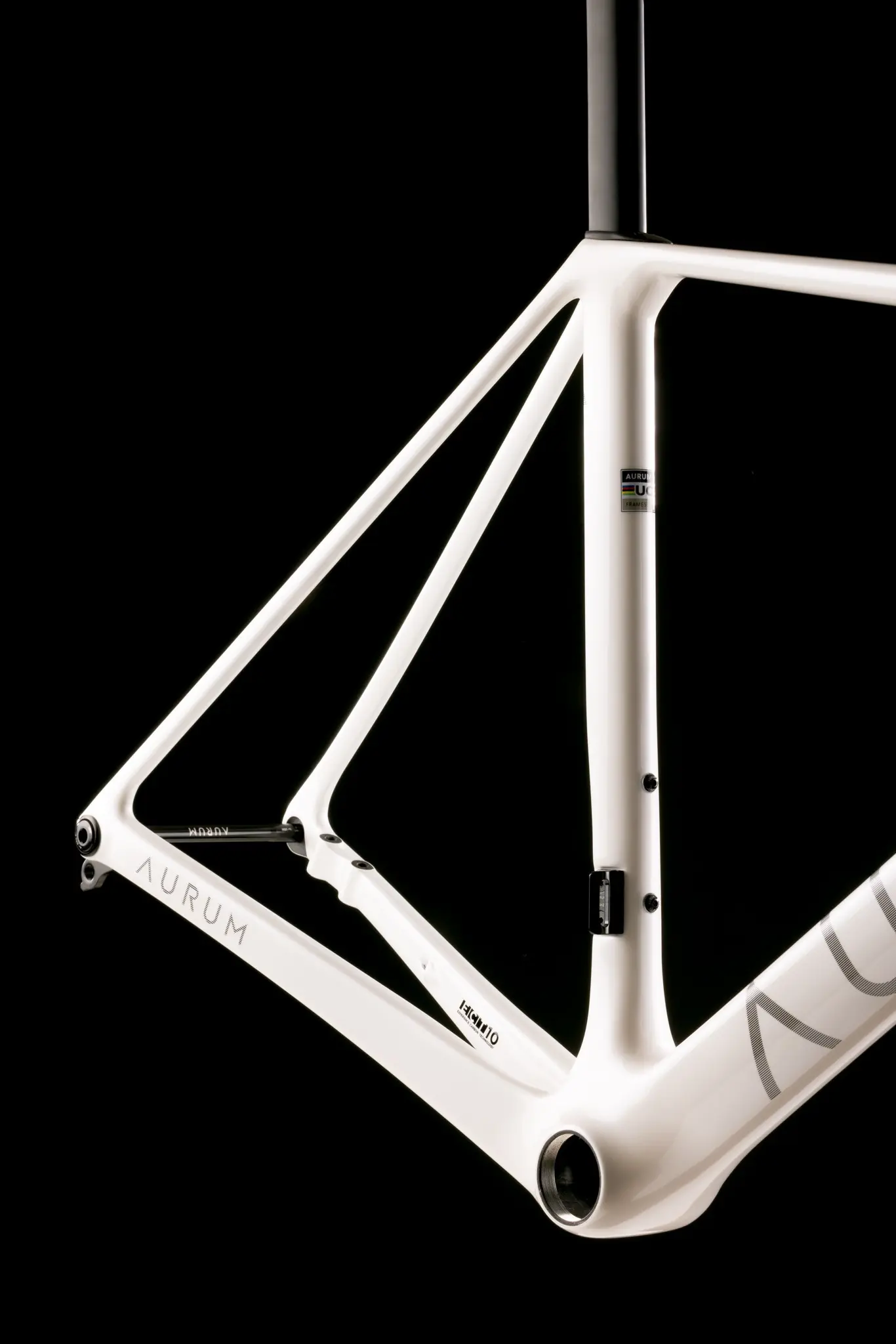
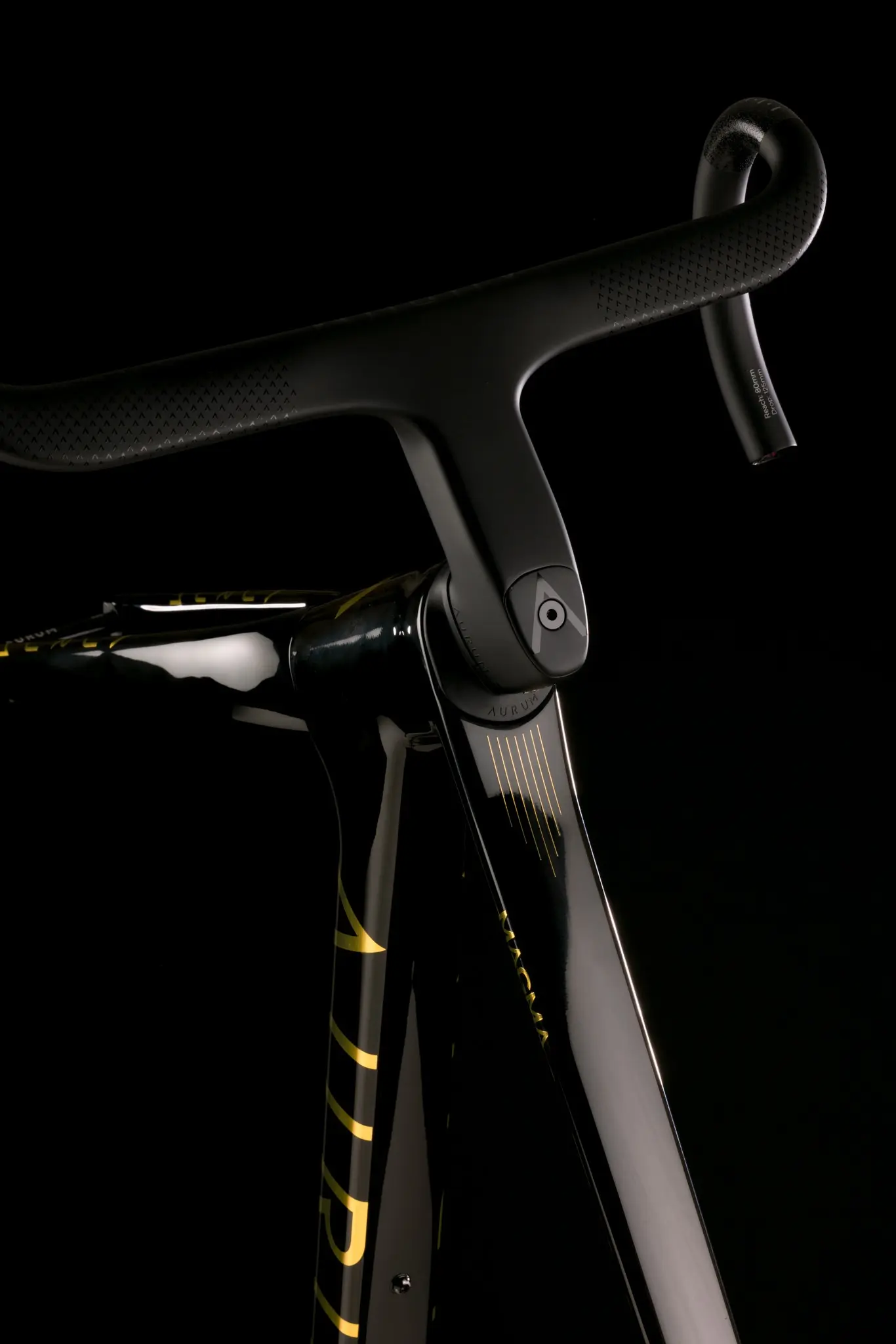
At AURUM we call this construction process ECT (Experience Carbon Technology). The MAGMA frame and fork use ECT-10 level, the highest level of carbon fiber for the highest performance.
AURUM INTEGRATED HANDLEBAR
The new AURUM Integrated Handlebar brings total, hiddle cable routing integration, for the MAGMA and Essentia models. This monocoque handlebar is directly compatible with these two AURUM bike models with the provided set of headset top-cover and spacers.
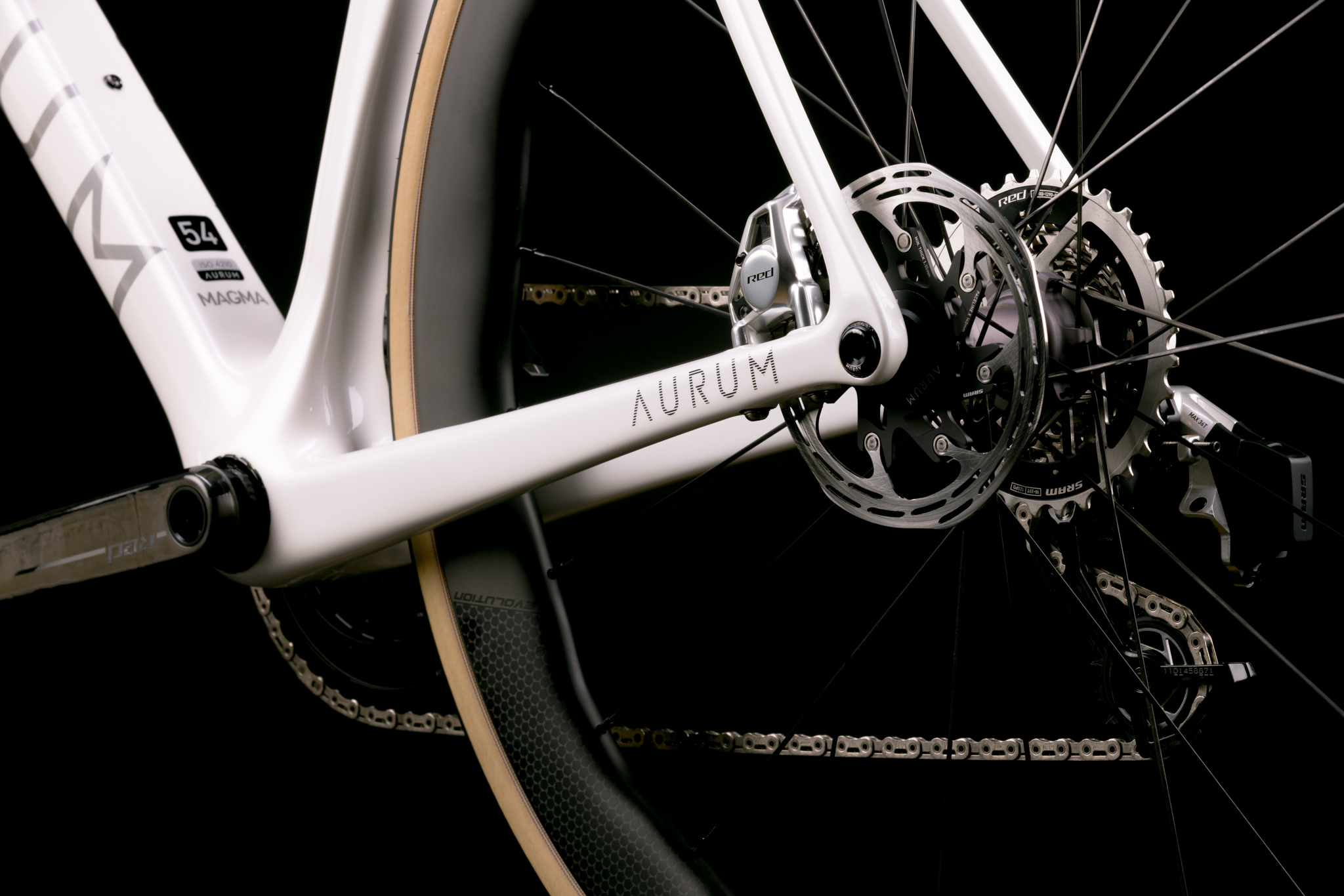
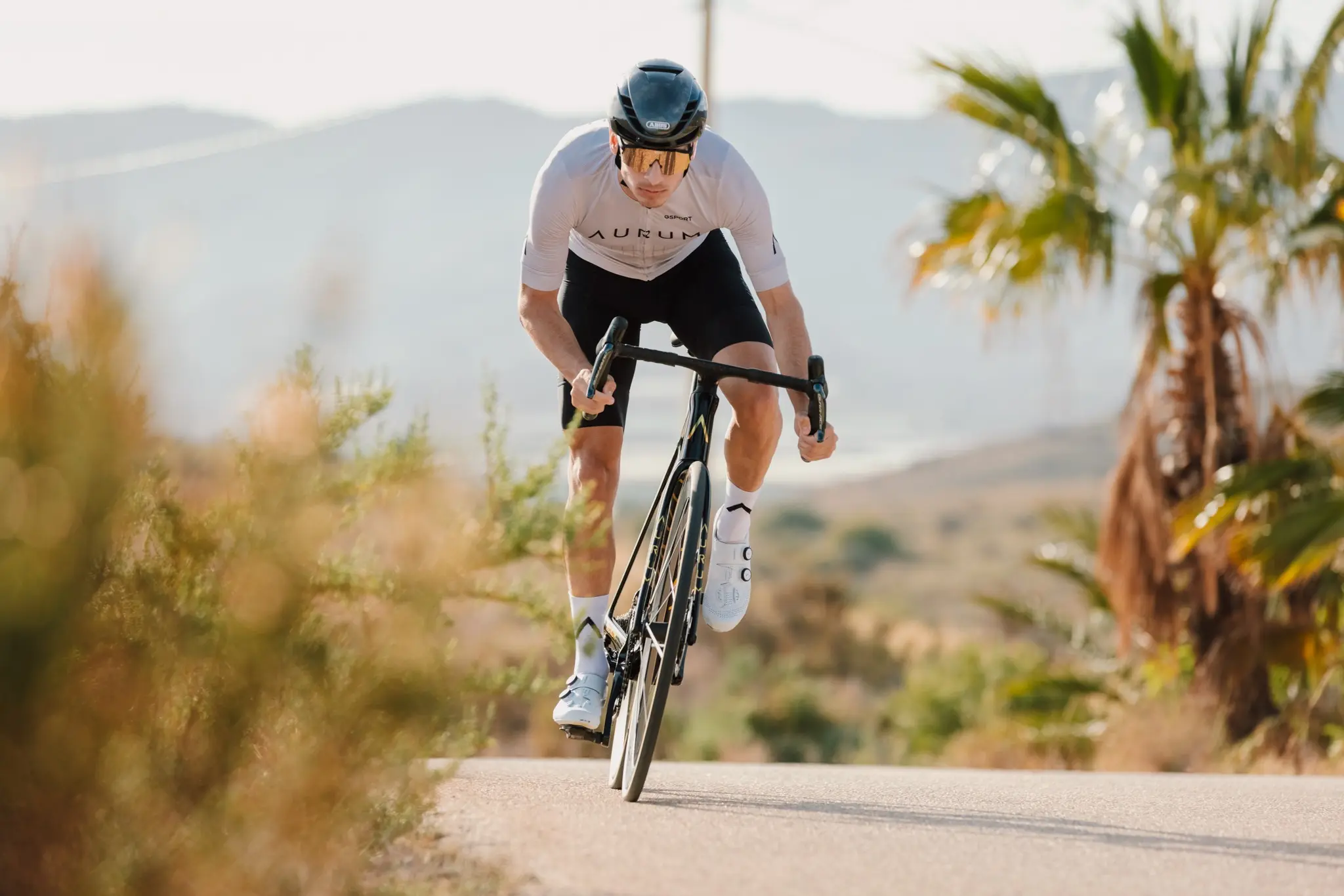
STIFFNESS
The excellent performance that defines MAGMA is maintained in this new version, with very high lateral stiffness numbers that catapult the cyclist with each pedal stroke.
This spectacular performance is achieved thanks to the meticulous design of each tube section, smooth transitions between tubes and of course a construction with the most sophisticated carbon fiber materials.
Thanks to the experience and optimization of the ECT-10 lamination process, the new MAGMA increases the level of torsional rigidity of the frame and fork without compromising comfort. Extensive work has been done on each frame size for the best performance on the road.
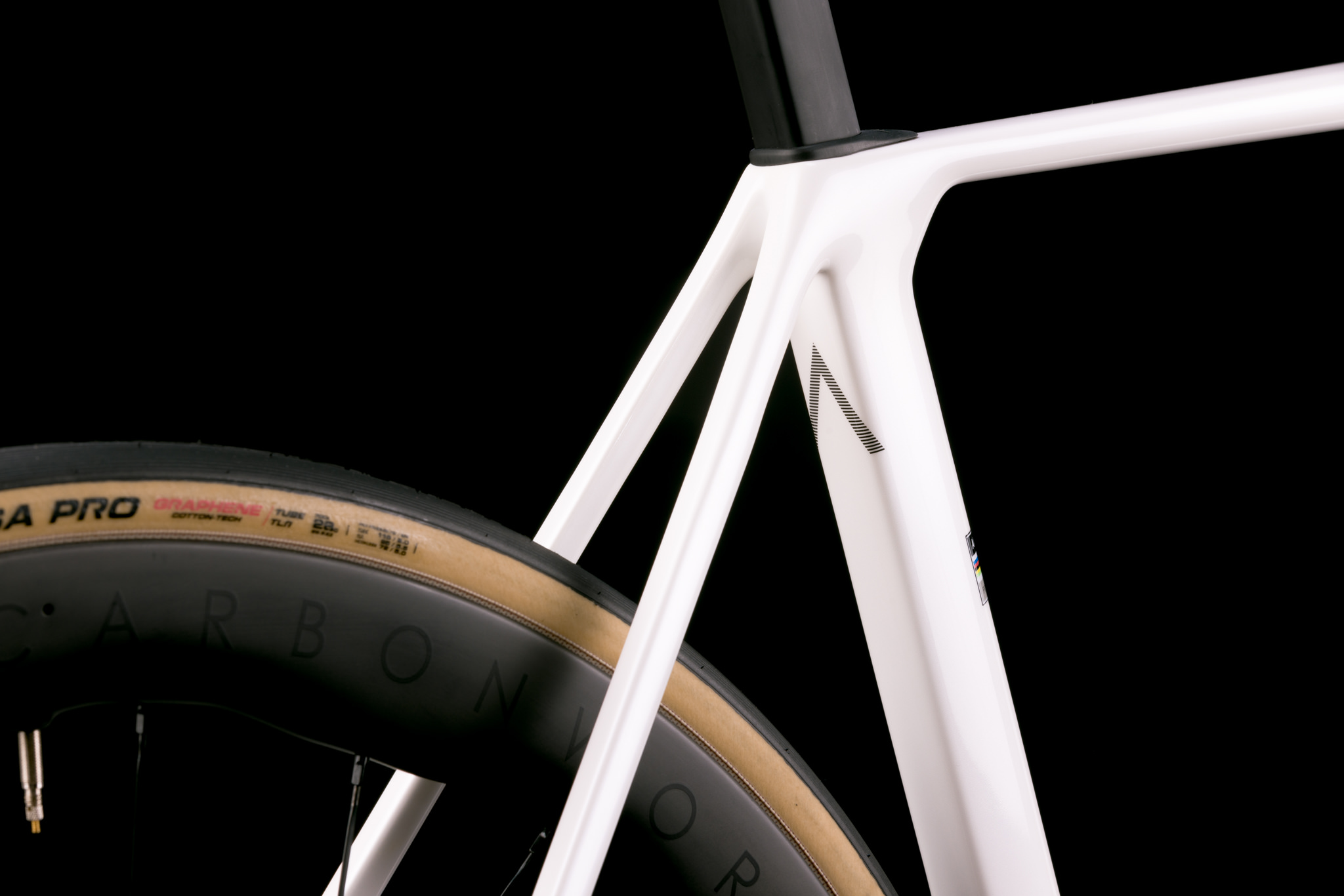
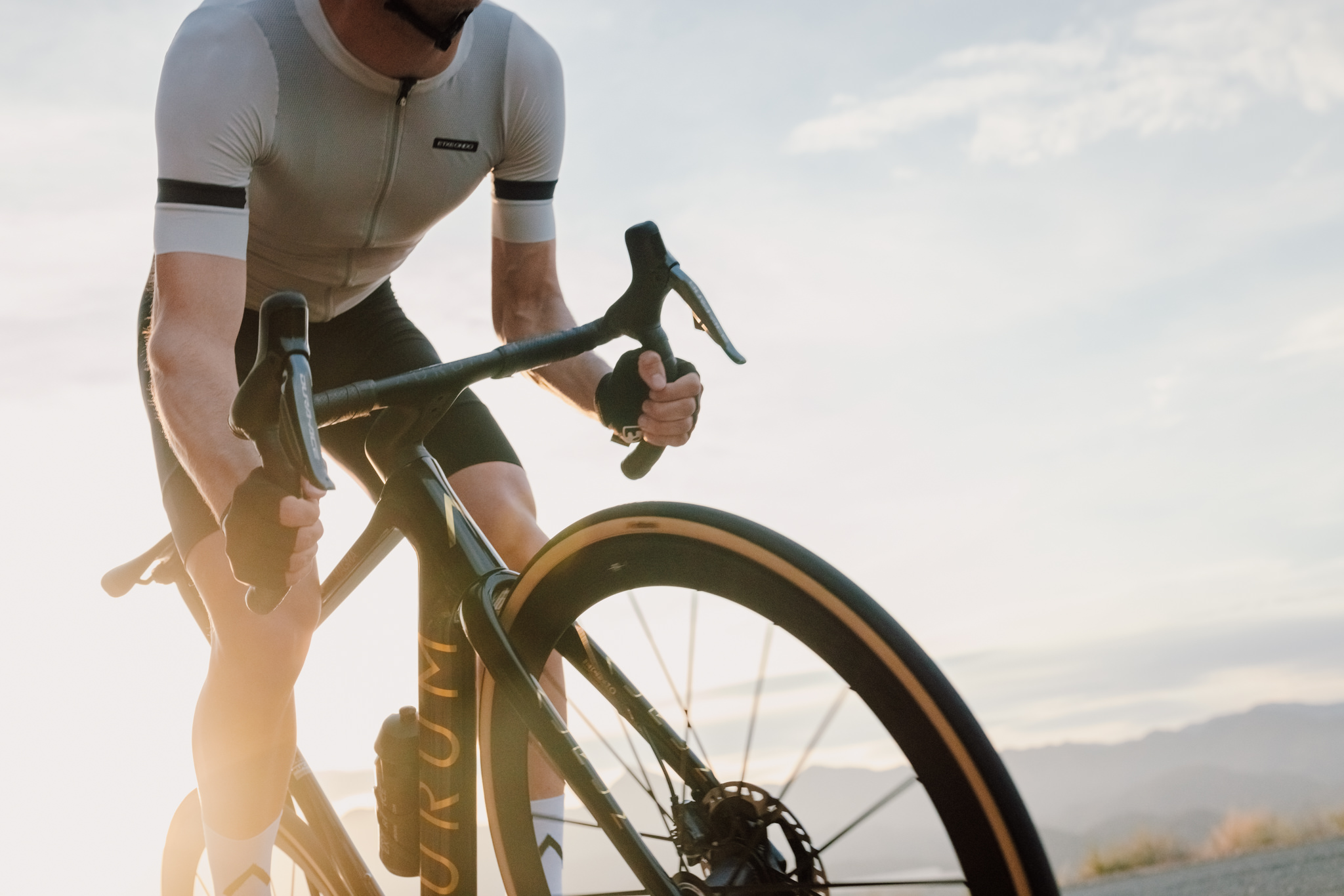
COMFORT
The ECT-10 carbon fiber laminate provides great torsional rigidity in the bottom bracket, down tube and fork, while allowing optimal tube flexibility for greater comfort on long rides.
The new MAGMA continues to use long, thin seatstays to filter out road imperfections.
Vibration damping in the rear triangle helps to keep the tires on the ground for added grip and control; MAGMA is an excellent bike on technical descents.
Additionally, it introduces a flattened top tube design that allows for shock absorption in the front triangle.
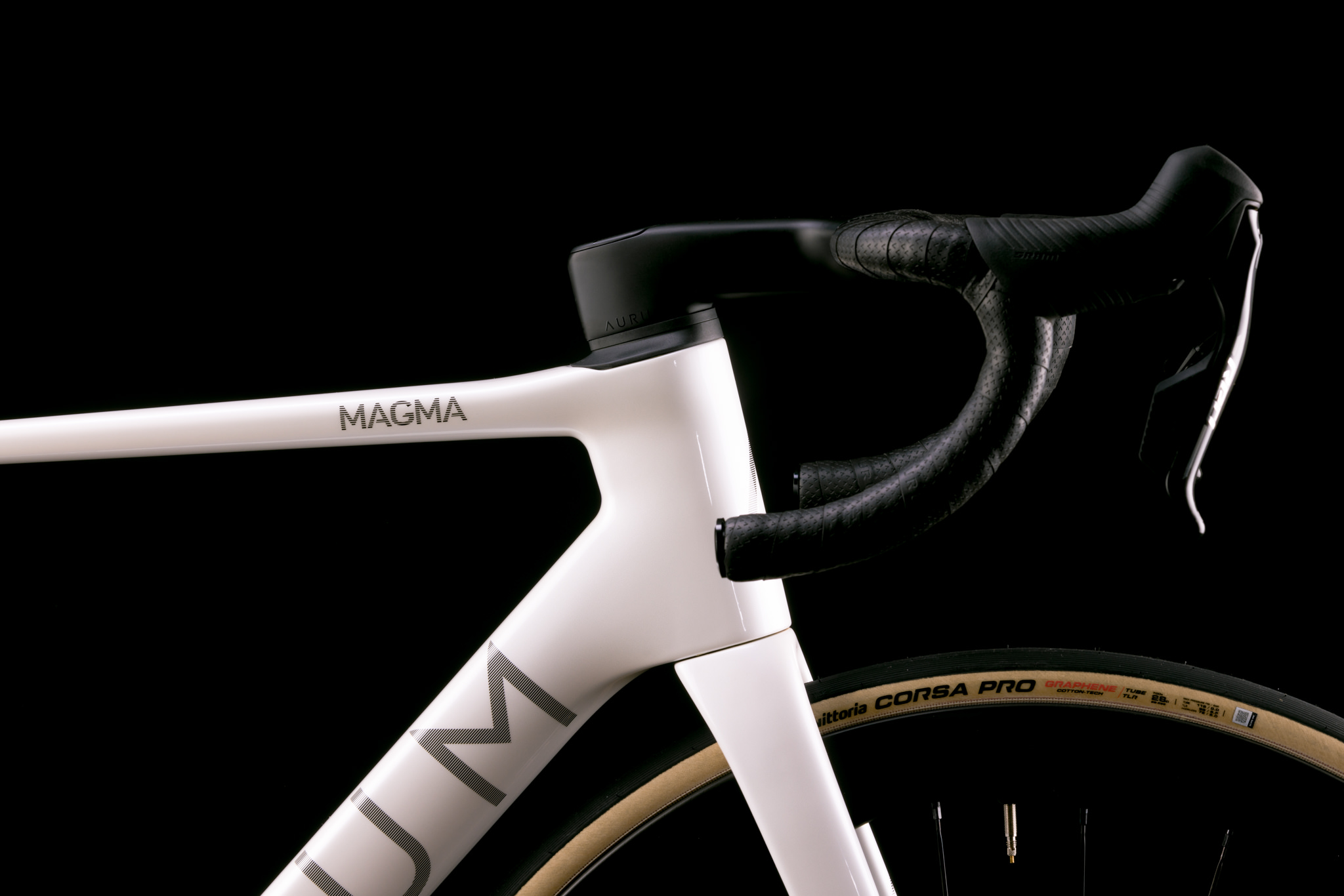
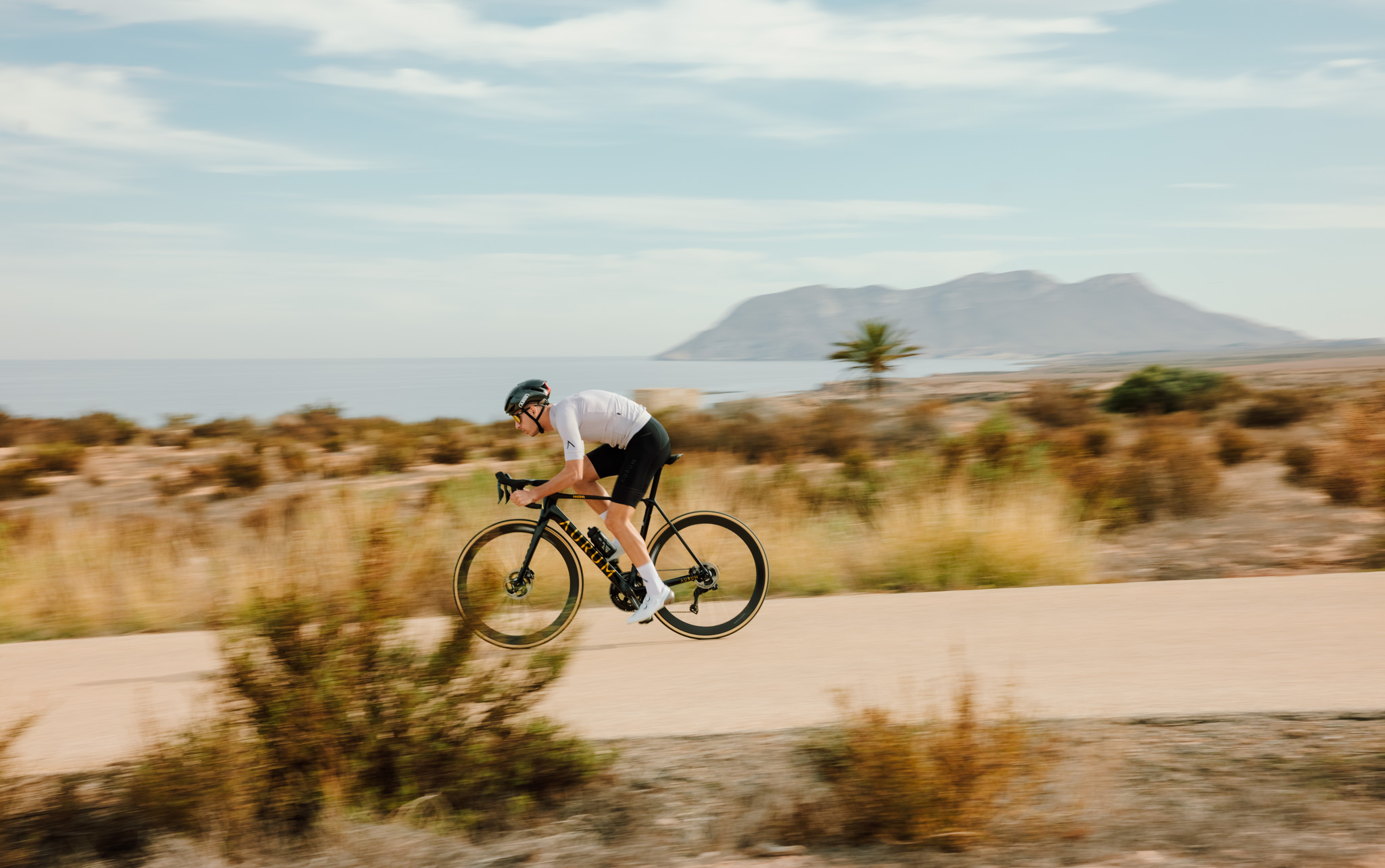
GEOMETRY
Talking about MAGMA geometry is talking about competition geometry.
A geometry based on the experience of Contador and Basso, worked in detail for each of the 5 frame sizes.
The two smaller sizes have a shorter seat tube to allow for lower saddle positions.
The reach grows in all sizes, to use wider tires, but the seat tube is also steepened to compensate for the position. With a perfect balance between speed, control and comfort, which allows the cyclist to squeeze 100% of their potential. A geometry that won stages in the Giro d’Italia, and so many other races.
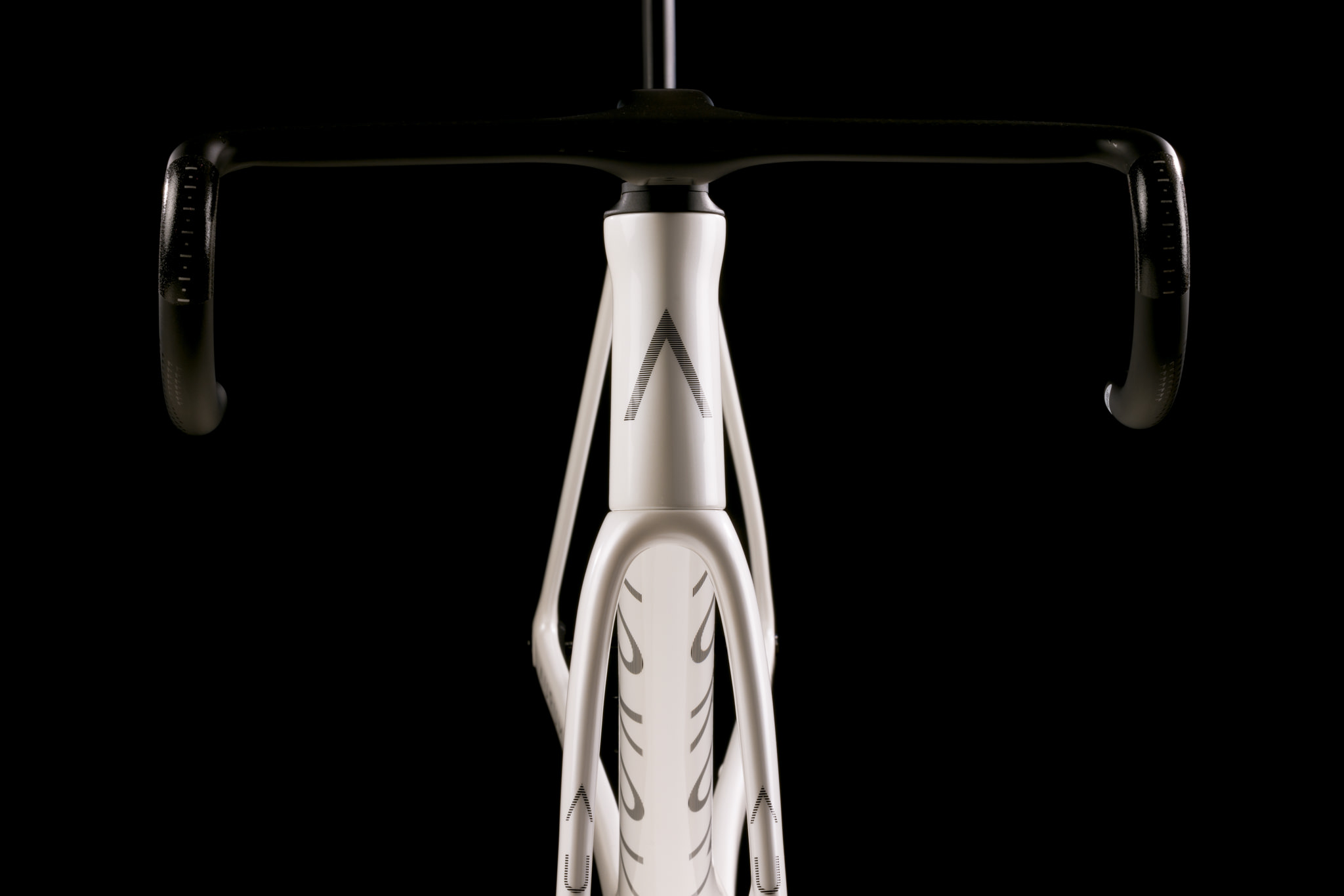
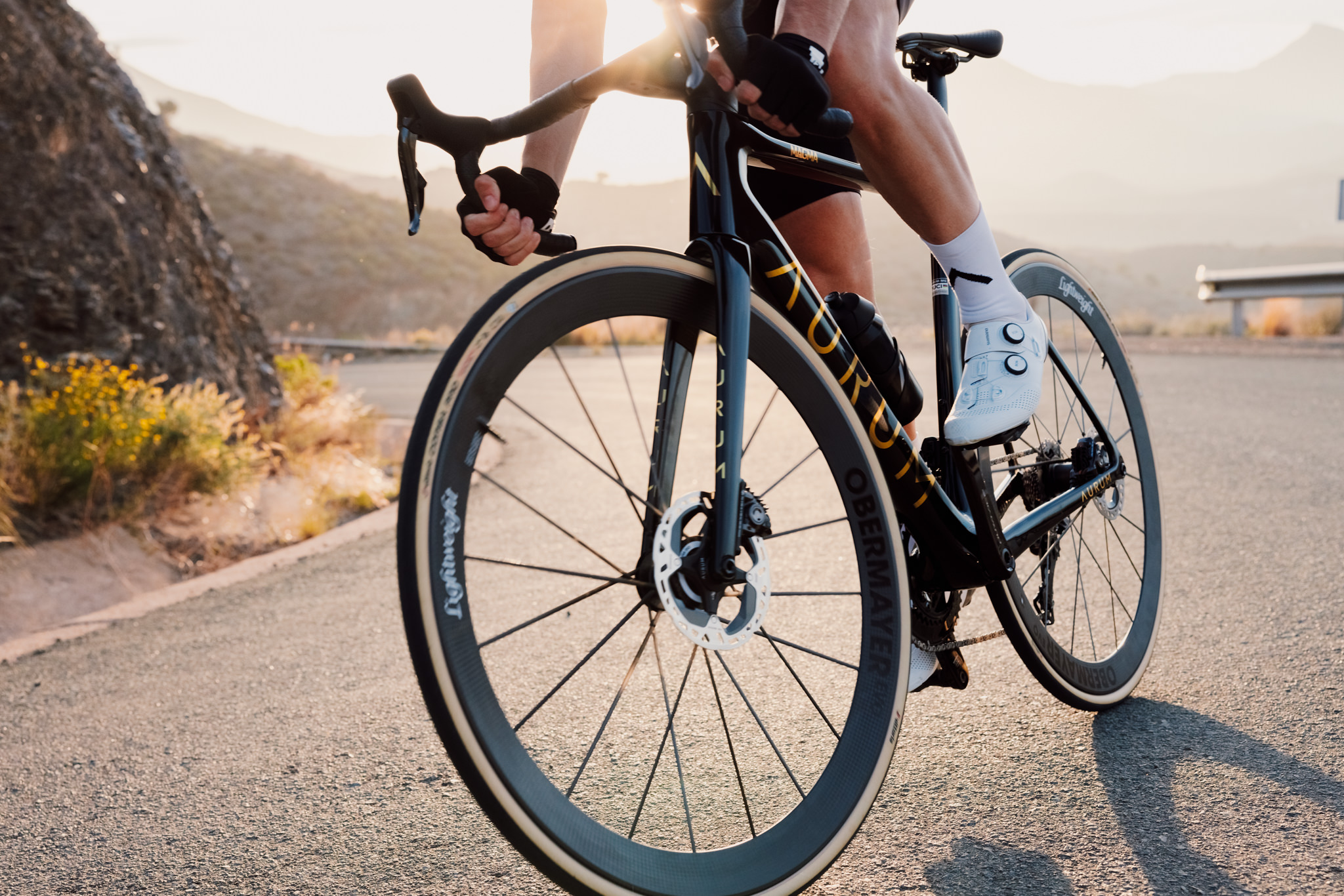
LIGHTWEIGHT
Achieving reduced weight has of course been an important objective in the new MAGMA. However, as with all AURUM bikes, achieving balanced riding characteristics and maximum performance has been the focus of development.
Thanks to the ECT-10 laminate and the meticulous work on the small details of the frame, a small weight reduction has been achieved, despite the more aerodynamic structure. Always maintaining the durability of the frame and fork, as well as the lifetime warranty.
The weight of the new MAGMA is 780g (frame size 54), 375g (fork), 170g (seatpost) and 320g (integrated handlebar), which allows you to easily assemble a complete bicycle of around 6.5 kilograms.
From the thrilling first stage of the Giro 2024, Team Polti Kometa has been competing with the new MAGMA, showcasing its extraordinary capability and superior performance across all terrains. The MAGMA has not only surpassed all expectations but has also earned the final seal of approval from the professional cycling world. Where innovation meets competitive excellence.
DEVELOPMENT AND TESTING
The new MAGMA has undergone extensive testing in harsh conditions and multiple lab tests to ensure safety, performance, and durability. It has been road-tested for months, with continuous improvements to achieve excellence.
AURUM proudly offers a lifetime warranty on all products.
FRAME SPECIFICATIONS
Each MAGMA frame is handcrafted using an advanced combination of different grades of carbon fiber, selected as the most appropriate based on the various stresses experienced in the different parts of the frame. The result is strong, rigid and light.
FRAME SPECIFICATIONS
Each MAGMA frame is handcrafted using an advanced combination of different grades of carbon fiber, selected as the most appropriate based on the various stresses experienced in the different parts of the frame. The result is strong, rigid and light.
*5 frame sizes: 48, 51, 54, 56, 58
UCI approved, ISO-4210 safety standard approved
Choose your size, discover complete specification
DISCOVER ALL NEWS
Thanks to the invaluable experience of professional cyclists like Contador and Basso, the AURUM design team has managed to further perfect a bike that was already excellent.
Alberto Contador highlights the main innovations and features of the new MAGMA in this video.

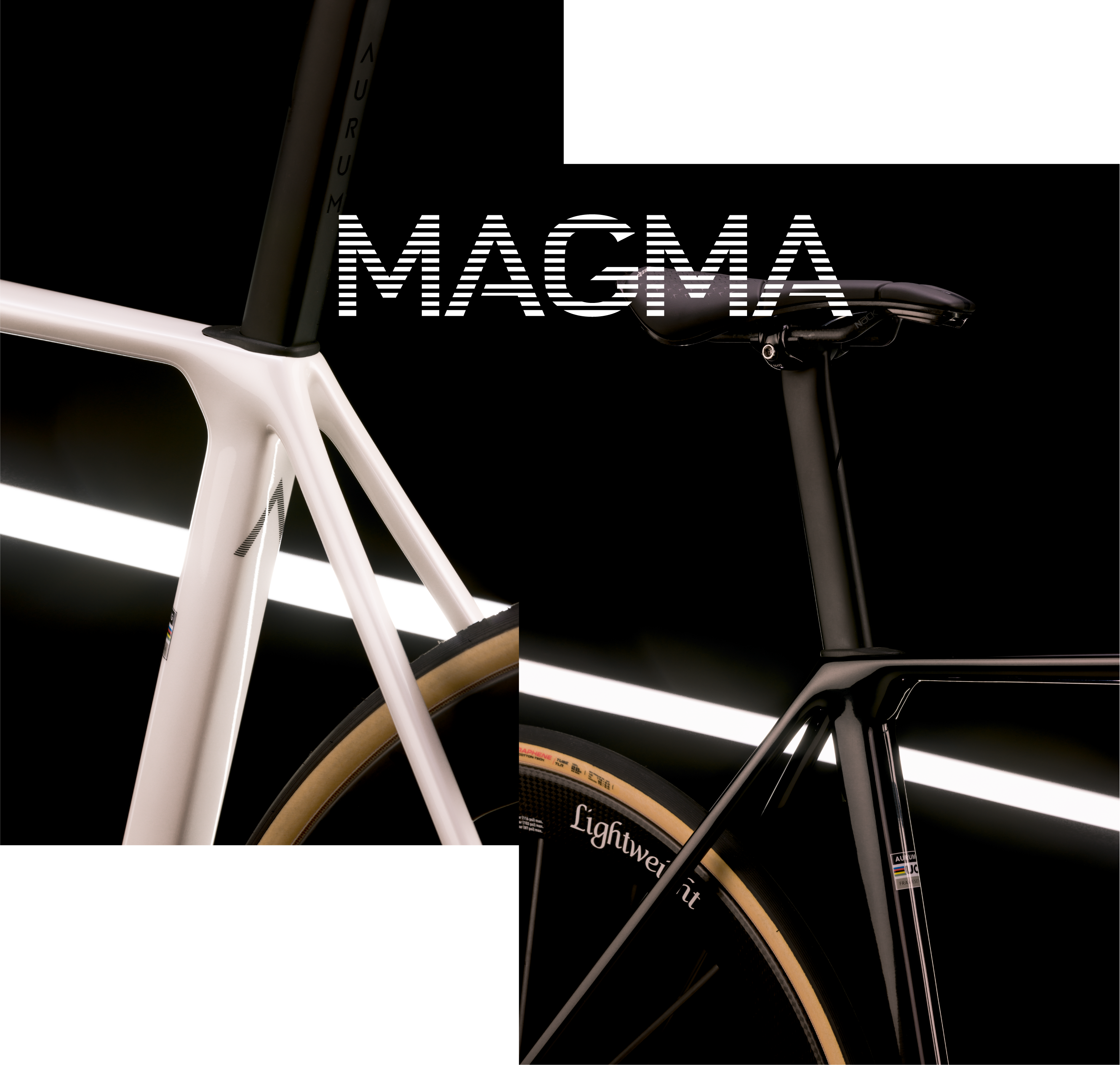
LIFETIME WARRANTY
The Frame and Fork have a 2 year warranty that you can upgrade to a lifetime warranty if you register your frame serial number in our website.
FREE DELIVERY
on purchases over €500 worldwide
WELCOME PACK
With the purchase of a complete bike or frameset, you’ll receive a bottle and a bottle cage, an AURUM casual cap and a three-month free subscription to BKOOL as a complimentary gift.
